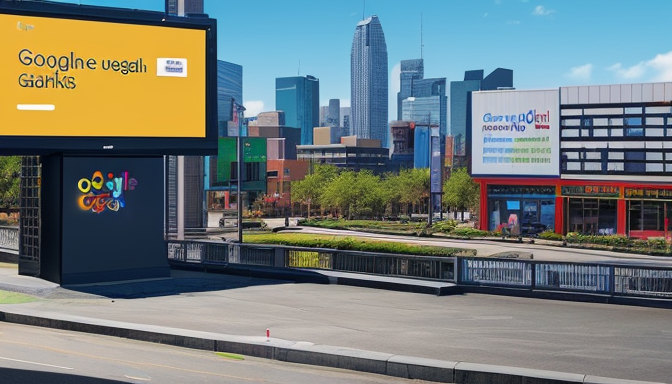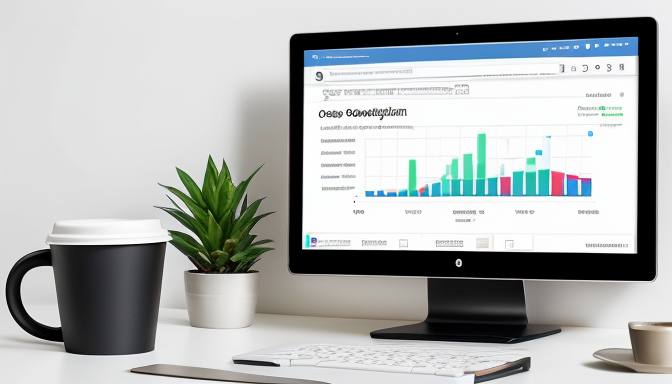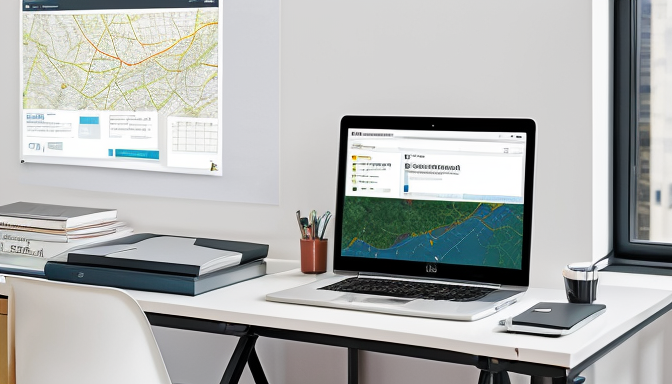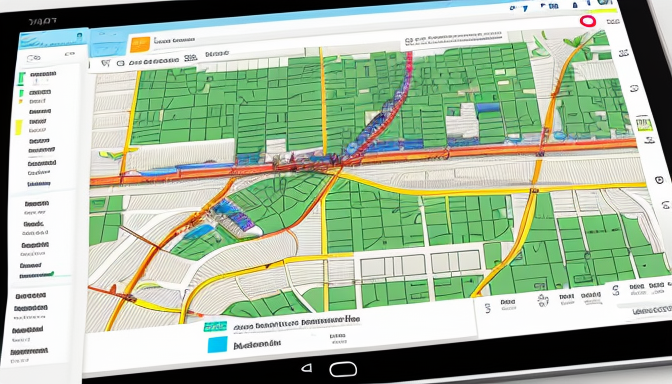
In today’s digital world, e-commerce is booming. But how do you stand out in a crowded marketplace? One answer lies in integrating maps into your strategy. Maps can do more than just show directions; they can transform the way you connect with customers. Imagine a potential buyer searching for a product nearby. If your business pops up on a map, you’ve just grabbed their attention! This article will explore how you can boost e-commerce visibility, promote products, and track traffic effectively using maps.
Let’s dive into the first benefit: visibility. Utilizing maps can significantly increase the visibility of your e-commerce business. Think about it. When customers search for local products, they often rely on maps to find what they need. By integrating maps into your online store, you provide location-based services that attract local customers. This not only enhances user experience but also leads to higher engagement and conversion rates. You can even include features like:
- Store locators that guide customers to physical locations.
- Interactive maps that highlight product availability in specific areas.
- Customer reviews linked to locations, boosting credibility.
When customers can see where they can find your products, they are more likely to make a purchase. It’s like having a friendly guide showing them the way!
Next, let’s talk about product promotion. Maps can be powerful tools for showcasing your offerings in specific geographic areas. Imagine you’re a local bakery. By using maps, you can target customers in your neighborhood with special promotions. This is where localized marketing strategies come into play. You can:
- Highlight seasonal products available only in certain locations.
- Create special events, like a pop-up shop, and promote it on the map.
- Engage with customers through location-based offers.
This approach not only drives sales but also builds community connections. Your customers feel valued when they see your business actively engaging with their local area.
Finally, let’s discuss tracking traffic. Monitoring customer behavior through maps provides valuable insights. You can analyze where customers are coming from and what they prefer. This information is gold for shaping your marketing strategies. For instance, if you notice a spike in traffic from a specific area, consider:
- Adjusting your marketing efforts to target that region.
- Optimizing product placements based on local preferences.
- Creating tailored promotions to boost sales.
By understanding how maps influence customer behavior, you can make informed decisions that enhance your e-commerce performance. It’s like having a roadmap to success!
In conclusion, integrating maps into your e-commerce strategy is not just a trend; it’s a necessity. From enhancing visibility to promoting products and tracking traffic, maps can significantly boost e-commerce outcomes. So, why wait? Start exploring the potential of maps today!
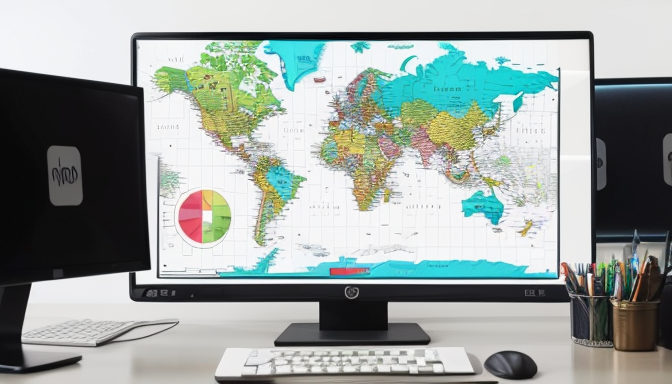
Enhance Maps for E-Commerce Visibility
In today’s fast-paced digital world, visibility is everything for e-commerce businesses. Have you ever wondered how some online stores seem to pop up right when you need them? The secret often lies in the use of maps. By integrating maps into their platforms, e-commerce sites can significantly boost their visibility. This means not just being found, but being found by the right people—those who are ready to buy.
Imagine you’re searching for a local bakery. You type in “best bakery near me,” and a map pops up showing you a list of options. This is the power of location-based services. E-commerce businesses can leverage this same concept. By utilizing maps, they can attract local customers who might not have discovered them otherwise. This is especially true for businesses that offer delivery or local pick-up options. When customers see a visual representation of where they can get products, they’re more likely to engage.
But how does this work in practice? Let’s break it down:
- Geo-targeting: Maps can help businesses target specific geographic areas. This means marketing efforts can be directed toward customers who are most likely to convert.
- User Experience: A well-integrated map enhances user experience. Customers appreciate the ease of finding what they want, and this simplicity can lead to higher engagement rates.
- Increased Foot Traffic: For businesses with physical locations, maps can guide online customers to their storefronts, increasing foot traffic and sales.
Think of it this way: if a tree falls in a forest and no one is around to hear it, does it make a sound? Similarly, if your e-commerce site isn’t visible to potential customers, does it even exist? Enhancing maps for e-commerce visibility ensures that your products are not just online but are also seen by those who matter.
Moreover, using maps allows businesses to analyze where their customers are coming from. This data is invaluable. It can help in crafting more effective marketing strategies tailored to specific regions. For instance, if a company notices a spike in traffic from a particular area, they can focus their advertising efforts there. This not only saves money but also increases the chances of conversion.
In conclusion, integrating maps into e-commerce platforms is not just a trend; it’s a necessity. By enhancing visibility through strategic map usage, businesses can attract local customers, improve user experience, and ultimately drive sales. Don’t let your e-commerce store hide in the shadows. Bring it to the forefront with the power of maps!
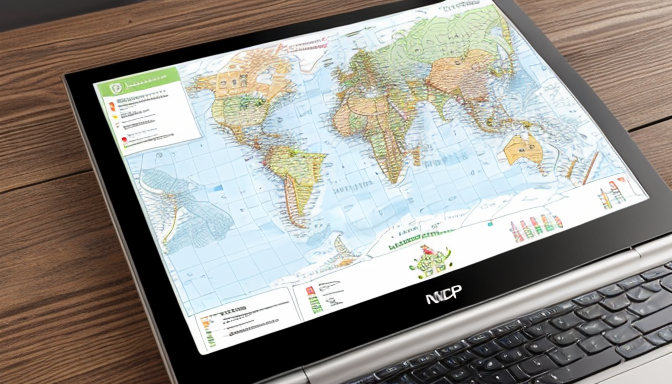
Promote Products with Maps for E-Commerce
When it comes to boosting online sales, integrating maps into your e-commerce strategy can be a game changer. Imagine this: a potential customer is strolling through their neighborhood, and they receive a notification about a special offer at a nearby store. This is the power of utilizing maps for product promotion. It’s not just about showing where your store is; it’s about connecting with your audience in real-time.
Maps can serve as a dynamic tool to showcase products tailored to specific geographical areas. For instance, if you sell seasonal items, you can highlight those products on a map during the appropriate time of year. This localized approach ensures that your promotions resonate with the right audience. Think of it as a treasure map leading customers straight to your door, where they find exactly what they need.
Moreover, using maps allows you to implement targeted marketing strategies that can significantly enhance your visibility. By integrating your product listings with mapping services, you can:
- Highlight special promotions in particular regions.
- Showcase new arrivals based on local trends.
- Encourage foot traffic to your physical locations.
For example, let’s say you run a local bakery. By using maps, you can promote a new cupcake flavor exclusively available at your storefront. Customers nearby can see this offer pop up on their map, driving them to visit your shop. It’s like placing a neon sign in their pocket!
Additionally, you can analyze the data gathered from map interactions. This data reveals where your customers are coming from and what products are attracting the most attention. By understanding these patterns, you can adjust your marketing strategies accordingly. Do you notice a spike in interest from a specific area? Maybe it’s time to run a targeted ad campaign there!
In conclusion, promoting products with maps for e-commerce is not just innovative; it’s essential. It enhances your visibility, engages your audience, and drives sales. When you incorporate maps into your marketing strategy, you’re not just selling products; you’re creating an experience. So, why not give your customers a map to their next great find? Remember, the journey to boosting your e-commerce success starts with the right tools, and maps are one of the best.

Track Maps for E-Commerce Traffic
In the bustling world of e-commerce, understanding your customers is key. This is where tracking maps come into play. They are not just fancy tools; they are your eyes and ears in the online marketplace. Imagine having a map that shows you exactly where your customers are coming from. Sounds useful, right? By leveraging maps, e-commerce businesses can gain valuable insights into customer behavior and preferences. This data is gold! It helps you make informed decisions.
So, how does it work? When customers visit your website, their location data can be tracked. This allows you to see which regions are buzzing with activity. You can then tailor your marketing strategies to target these areas specifically. For instance, if you notice a surge in traffic from a particular city, you might want to consider running localized promotions. This approach not only boosts visibility but also enhances customer engagement.
Moreover, tracking maps can help you analyze traffic patterns over time. You might discover trends that you never expected. For example, do certain products sell better during specific seasons in particular locations? By understanding these patterns, you can optimize your product placements. This means putting the right products in front of the right people at the right time. It’s like having a compass that guides your marketing efforts.
But wait, there’s more! Tracking maps also allow you to adjust your inventory based on geographic demand. If a product is flying off the shelves in one area but barely moving in another, you can make informed decisions about where to focus your stock. This not only saves you money but also improves customer satisfaction. Nobody likes to see a product out of stock when they want it!
To summarize, here are the key benefits of using tracking maps for e-commerce traffic:
- Understand customer behavior: Gain insights into where your customers are located and what they prefer.
- Optimize marketing strategies: Tailor your promotions based on regional traffic patterns.
- Adjust inventory effectively: Ensure that you have the right products available where they are in demand.
In conclusion, tracking maps are an essential tool for any e-commerce business looking to improve sales outcomes. By integrating maps into your strategy, you can not only enhance visibility but also create a more engaging shopping experience for your customers. So, don’t overlook the power of tracking maps in your e-commerce journey. They could be the key to unlocking new opportunities!
Frequently Asked Questions
- How can integrating maps improve my e-commerce visibility?
Integrating maps into your e-commerce platform can significantly enhance visibility by providing location-based services. This attracts local customers who may not have discovered your online store otherwise. Just think of it as a digital signpost that guides potential buyers right to your virtual doorstep!
- What are the benefits of using maps for product promotion?
Using maps for product promotion allows you to target specific geographic areas effectively. You can showcase your offerings to audiences who are most likely to purchase, making your marketing efforts more efficient. It’s like having a personal shopper who knows exactly where to find your best customers!
- How can I track traffic using maps?
Tracking traffic through maps helps you analyze customer behavior and preferences. By monitoring where your visitors are coming from, you gain valuable insights that can inform your marketing strategies. It’s akin to having a backstage pass to understand what draws your audience in and keeps them engaged.
- Are there any tools available for integrating maps into my e-commerce site?
Yes, there are several tools and APIs available that can help you integrate maps seamlessly into your e-commerce site. Popular options include Google Maps API and Mapbox, which provide easy-to-use functionalities that enhance user experience and boost engagement.
- Can I customize the maps to fit my brand’s style?
Absolutely! Many mapping tools allow for customization, enabling you to adjust colors, markers, and styles to match your brand’s aesthetic. This ensures that your maps not only serve a functional purpose but also align with your overall branding strategy.

